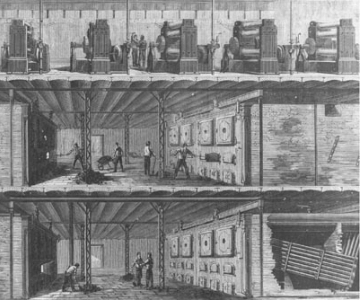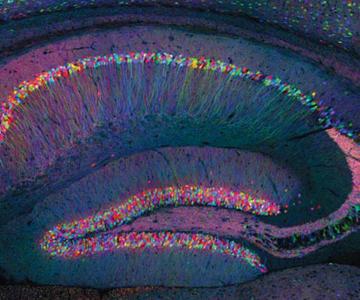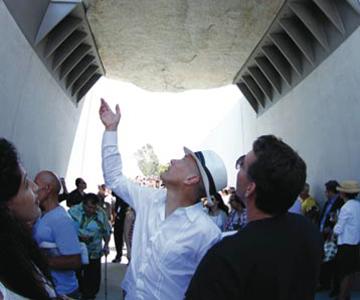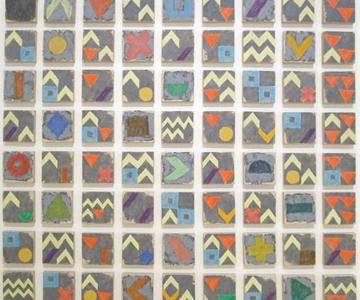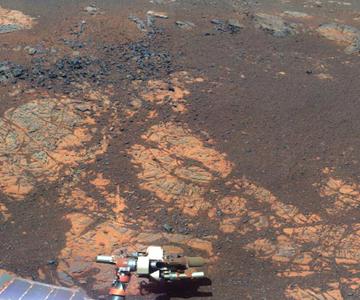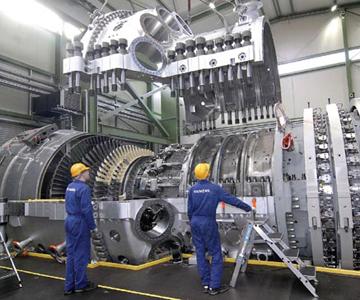Magazine
July-August 2013
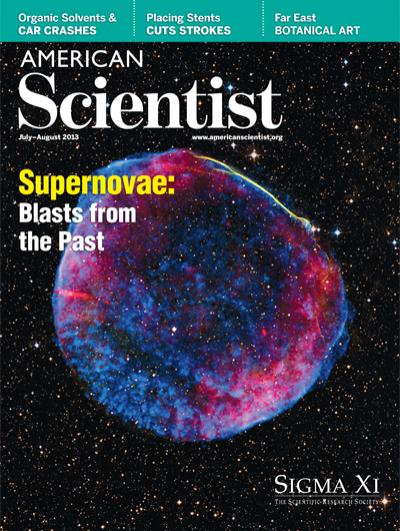
July-August 2013
Volume: 101 Number: 4
A dramatic stellar explosion—the brightest supernova ever recorded on Earth—was observed in Asia, Europe and the Arab region a little more than 1,000 years ago. Known as SN 1006, this supernova was more luminescent than Venus and could be seen during the day for weeks. Those who watched the cosmic spectacle had no idea what caused it. Today, astronomers know that SN 1006 was a Type Ia supernova, which occurs when a white dwarf star accretes mass from a companion star, becoming progressively unstable until it undergoes thermonuclear destruction. The cover shows a composite image of the remnant of SN 1006, incorporating x-ray data (in blue), radio data (in red) and optical data (in yellow, orange and light blue). In “Illuminating Dark Energy with Supernovae,” D. Andrew Howell explains how distant Type Ia supernovae can be used to reveal characteristics of dark energy and the early universe. (Image courtesy of NASA/CSC/Rutgers/G. Cassam-Chenai, J. Hughes et al.; NRAO/AUI/NSF/GBT/VLA/Dyer, Maddalena and Cornwall; Middlebury College/F. Winkler, NOAO/AURA/NSF/CTIO Schmidt and DSS.)
In This Issue
- Art
- Astronomy
- Biology
- Chemistry
- Computer
- Engineering
- Ethics
- Evolution
- Mathematics
- Medicine
- Physics
- Policy
- Sociology
- Technology
Stents to Prevent Stroke
Stephen Lownie, David M. Pelz
Medicine Technology
These devices can spring into shape automatically to open arteries blocked with plaque.
Solvents, Ethanol, Car Crashes & Tolerance
Philip J. Bushnell
Ethics
How risky is inhalation of organic solvents?
Botanical Illustration in China and India
Martyn Rix
Art
Artists from Asia brought skill and style to the drawings they made for European plant collectors.
Scientists' Nightstand

Mind Games
David Schoonmaker
Biology Anatomy Review Scientists Nightstand
A brief review of A VERY SHORT TOUR OF THE MIND: 21 Short Walks Around the Human Brain by Michael C. Corballis

